When choosing decor, our instinct is often to go as bright as possible, especially if working with a small, dark room. But, done right, embracing dark decor can transform smaller rooms into sumptuous jewels.
Imagine how delighted and surprised your guests will be when they discover that your downstairs bathroom is a deep magenta, or that your spare bedroom is a restful midnight blue.
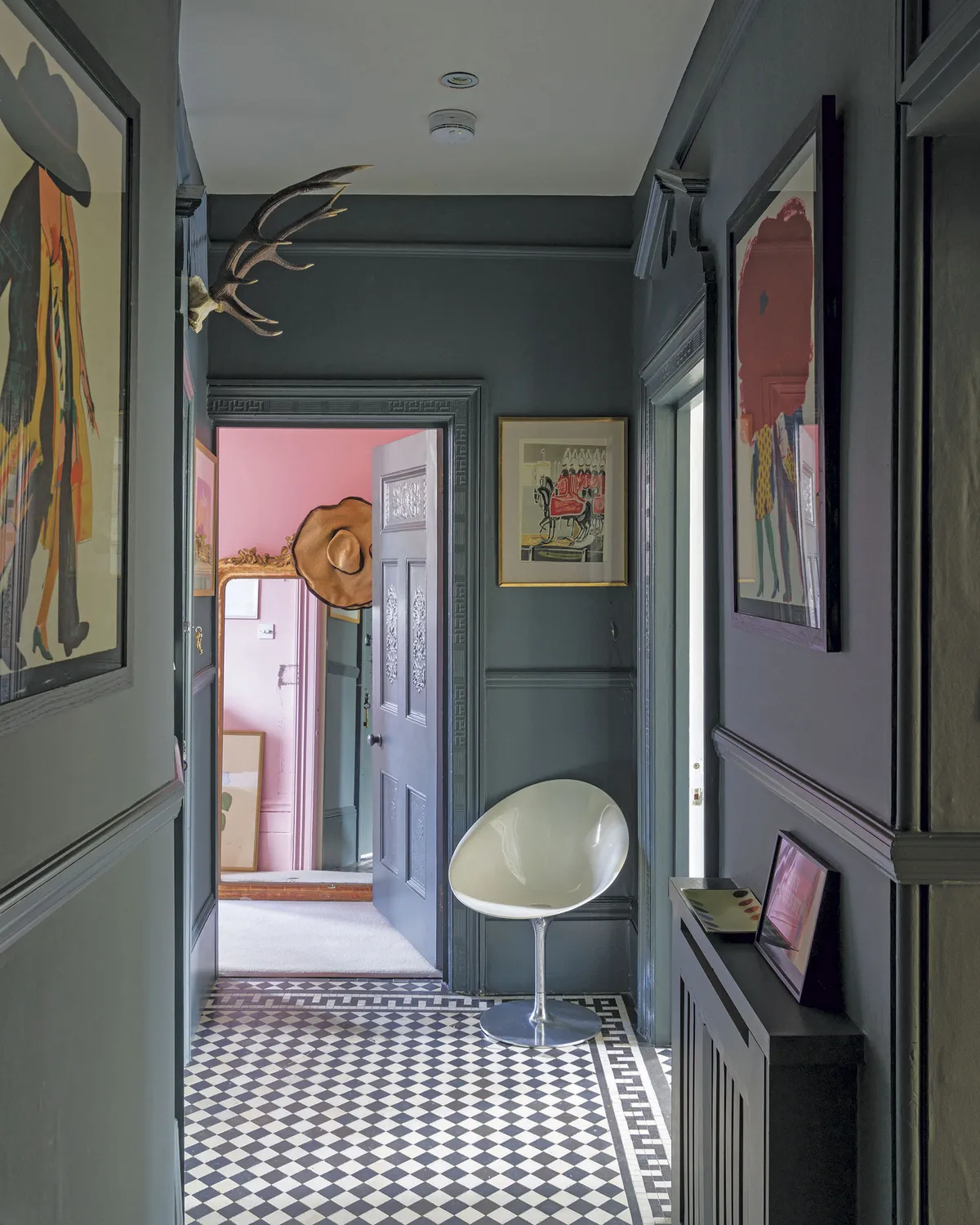
So, instead of trying to disguise your room's size with whites and creams, embrace its cosiness with dark and moody colours. Use the space as an opportunity to experiment with deep colours for a dramatic look.
Here are our tips for using dark decor in your home:
How to choose the right colour for your room
To avoid disappointment when choosing the right hue for your room, it’s important to consider the colour of the light that the room gets throughout the day. The daylight in north-facing rooms has a blue tinge, which will emphasise the blue tones in your paint choice.
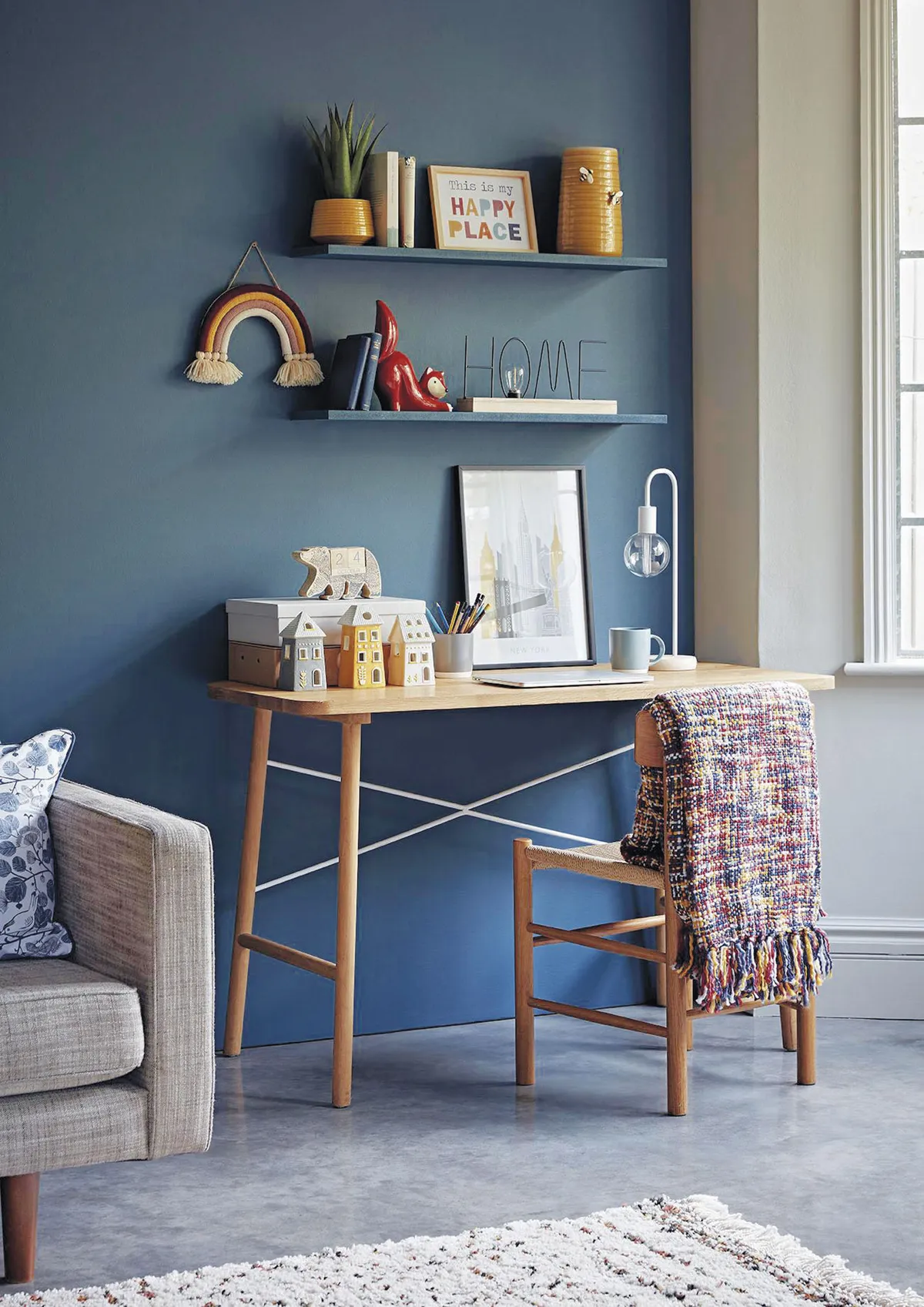
Reds and browns are well-suited for north-facing rooms as the blue light is balanced out by the warmer colours, but you could go for a blue shade instead to heighten the effect.
Just remember that whatever colour you choose, the overall finish will be slightly cooler than you might expect.
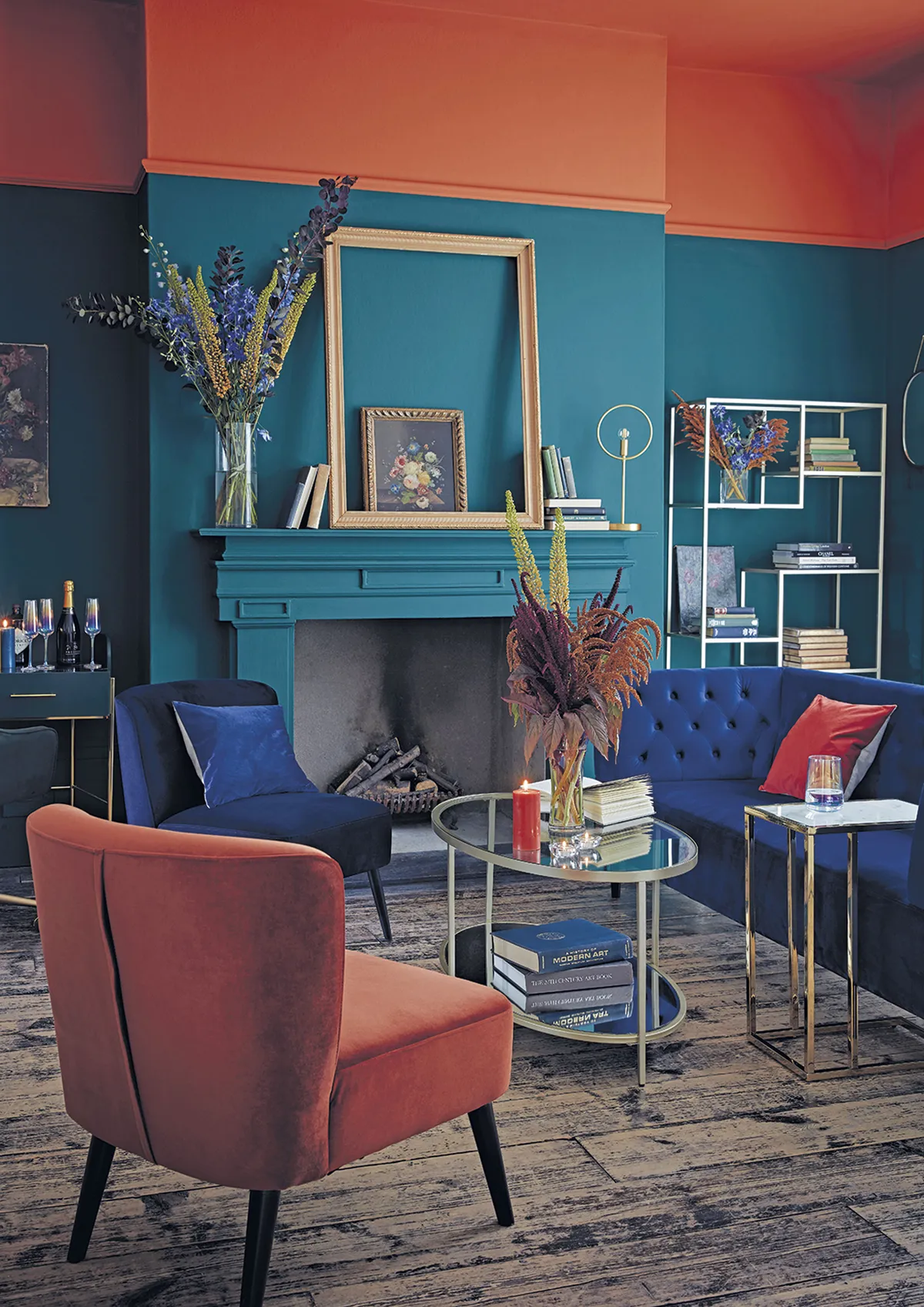
South-facing rooms benefit from yellow light, which makes orange tones richer and purple hues warmer.
As these rooms remain bright all day long, you’ll need to be extra careful when preparing the walls for painting as every lump and bump will show.
Pale rooms off a dark hallway will instantly feel bigger and brighter; you’ll get the sense of emerging from a tunnel into the light when you enter them.
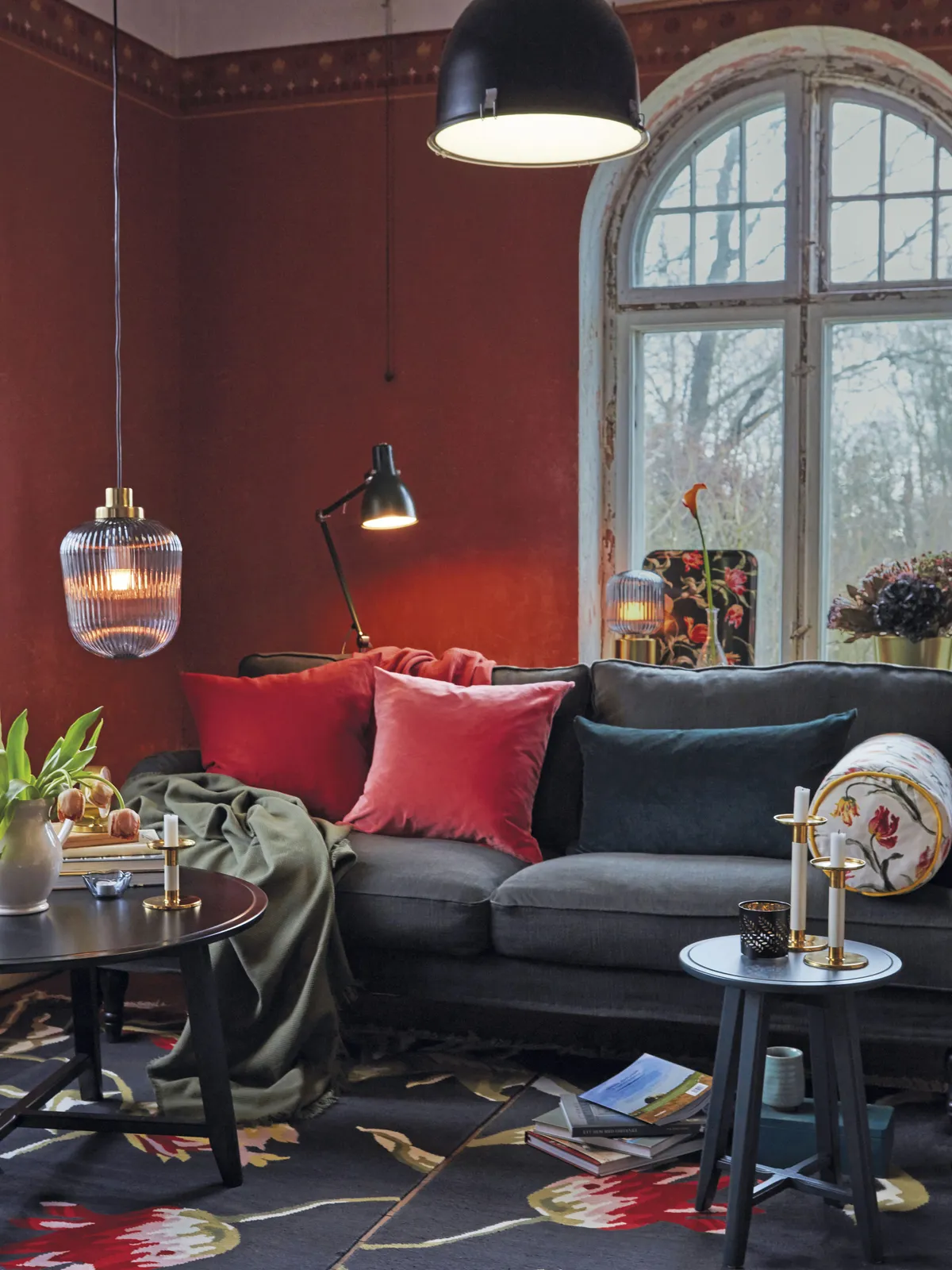
The dark walls of the hallway make a great backdrop for artwork and treasured pieces, too. Get creative and use them to create the ultimate gallery space. Matching the coving and skirting boards to the wall colour will make the walls seem taller.
If you’re feeling brave, paint the ceiling, too – the continuation of colour will draw your eyes up and add height to the space.
The best dark decor paint pairings
1. Blue and pink
This romantic pairing is perfect for bedrooms and chilled-out sitting rooms. The midnight blue walls are reminiscent of starry skies and will create the perfect atmosphere for sleeping. The addition of dusky pink warms up what could feel like a cold blue, for a bold, but soft look.
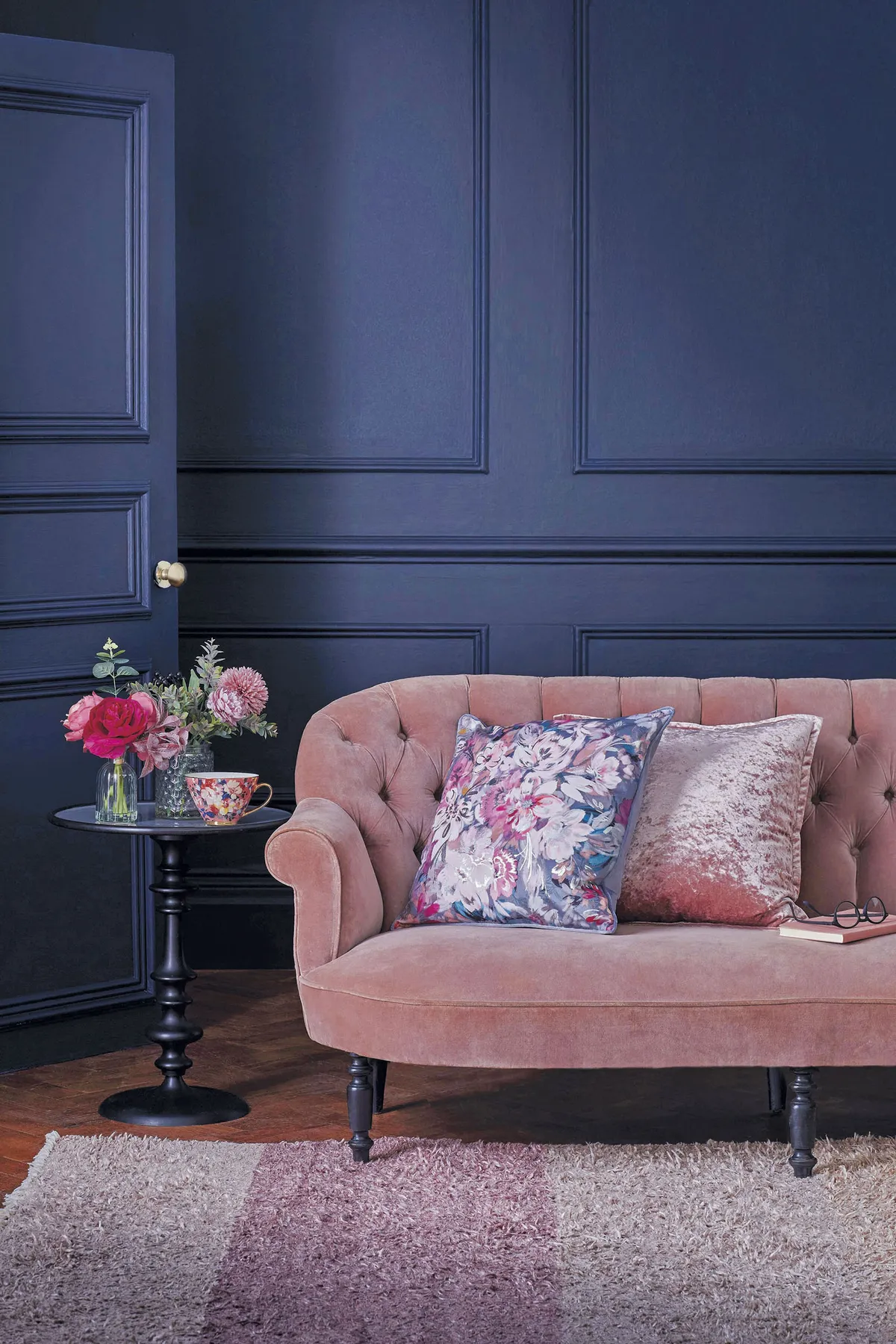
The light-reflecting quality of velvet makes it perfect for balancing out a dark room. It has a much warmer effect than surfaces we would traditionally use to reflect light, such as glass or mirror finishes. Create highlights by choosing brass hardware and light fittings – they’ll feel a lot more luxurious than silver.
2. Red and neutral
A combination of rusty red and warm neutrals - like Farrow & Ball's Rich and Warm palette for 2021 - creates a timelessly cosy look. The earthy tones of this scheme offer lots of room for interpretation and you can control the level of drama with your choice of accessories. Dial down the darkness with white and cream touches, such as white bed linen, then turn it up again with terracotta throws.
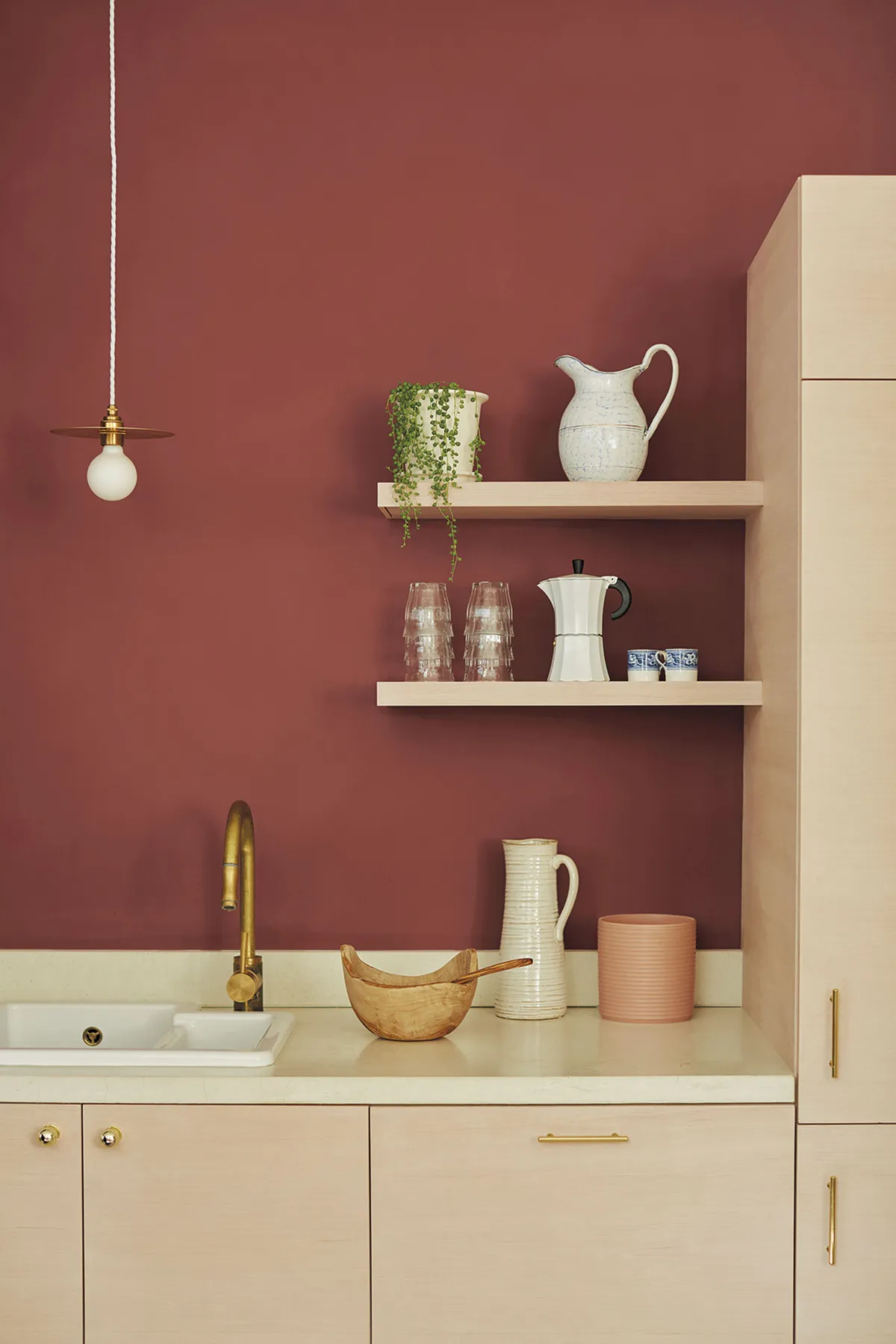
You can make the look darker still with further sections of deep red, like large rugs. Use pearlescent and opaque white finishes to create points of light without harshness, which will keep the look feeling warm and natural.
3. Black and white
This high contrast look combines the darkest of tones with cool whites for a surprisingly bright effect. Note how the extra-wide coving is painted in the same colour as the ceiling; this brings the bright white down to the walls and stops black from enveloping the room entirely.
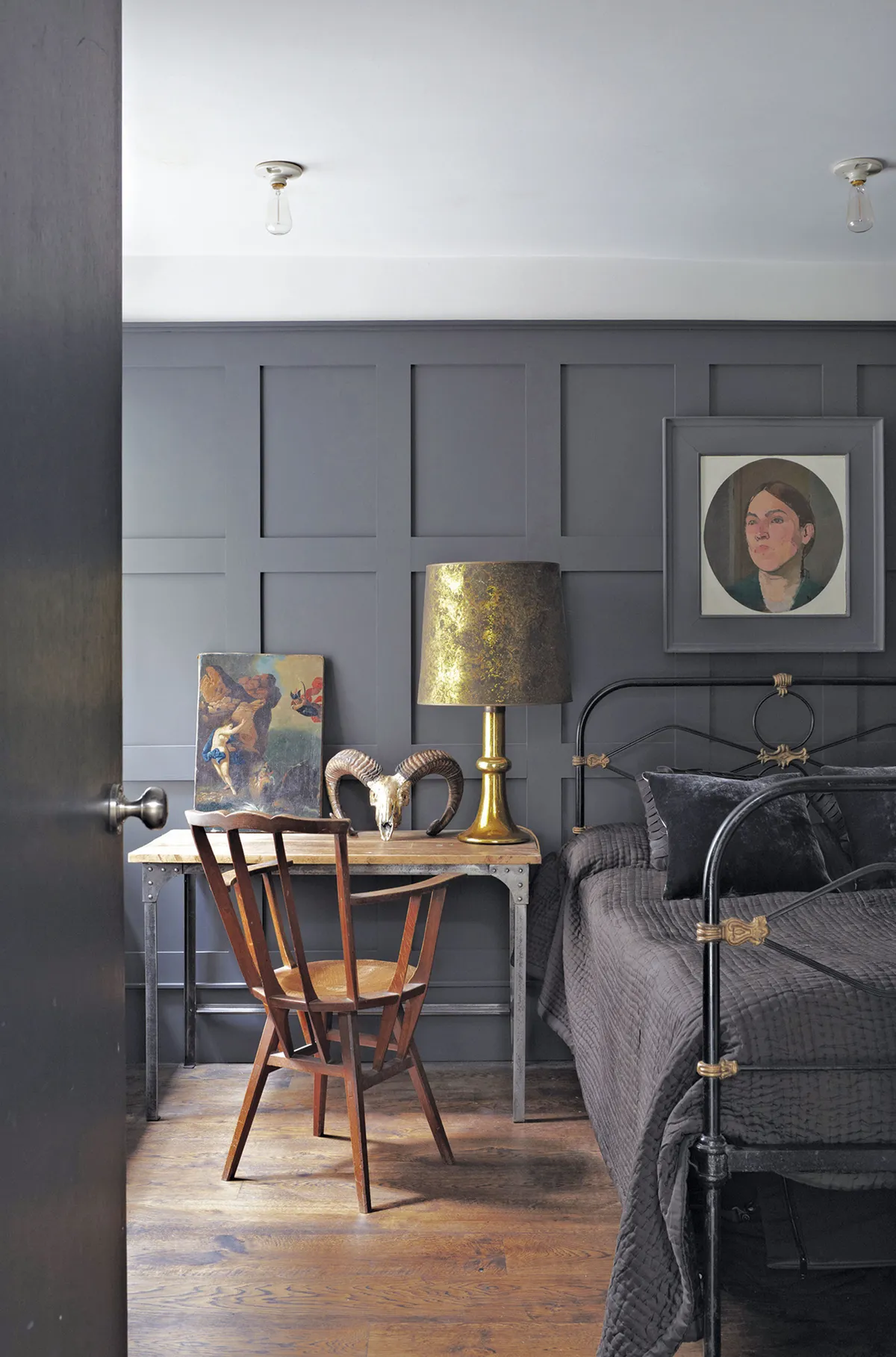
This look will work well in larger rooms, as the expanse of white ceiling will balance out the black. It will also suit smaller rooms that you can see from a distance, such as a bedroom at the end of a long hallway, as you’ll be able to see the wide stretch of bright ceiling.
4. Green and yellow
Create the feel of a tropical jungle with gemstone hues. The green walls are reminiscent of palm leaves and the gilded headboard and yellow bedding create a sunny feel. Lemon yellow looks radiant in any room, but the dark green background really makes it sing.
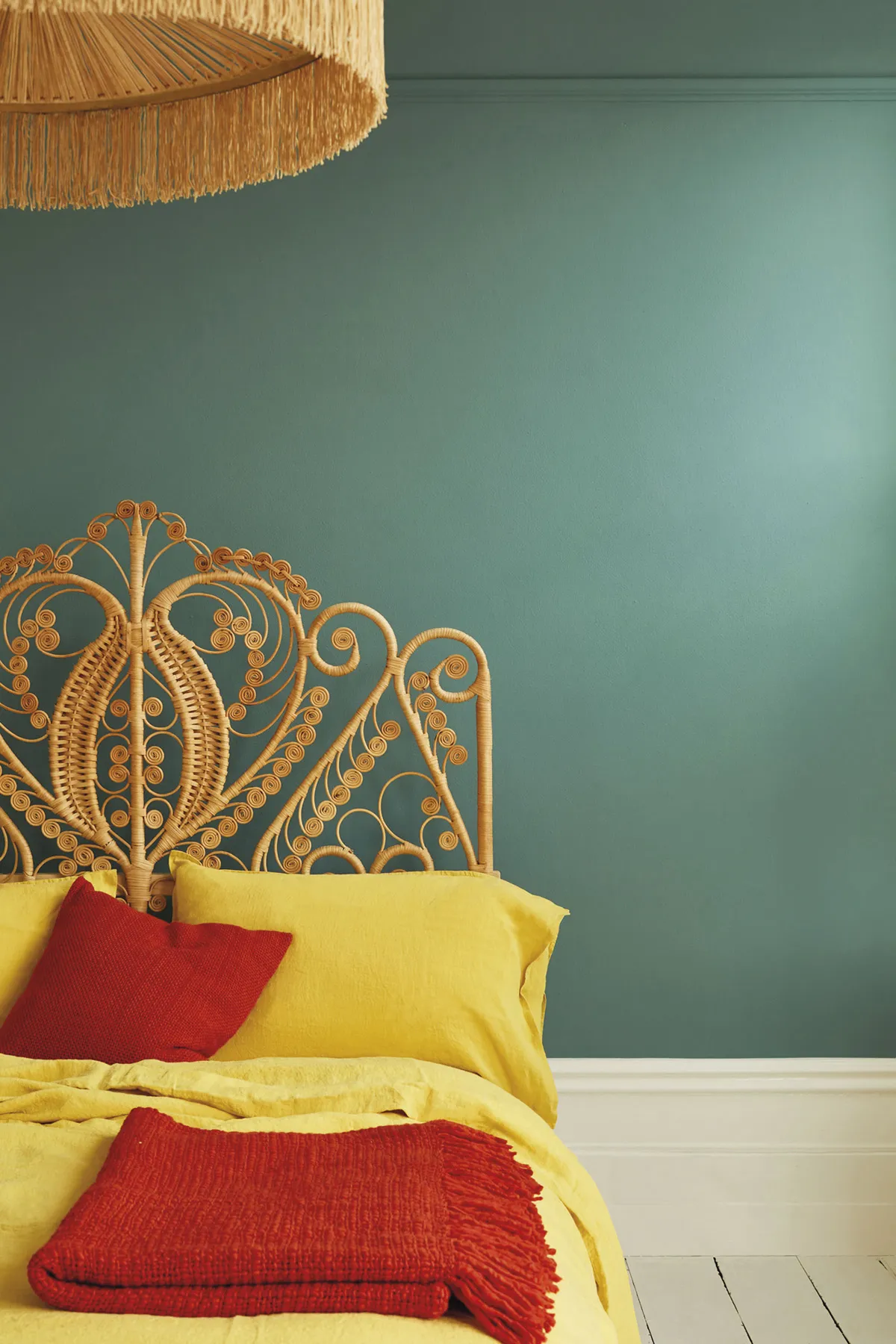
Paint your picture rail the same colour as the wall to accentuate the moulding and give subtle definition to the wall. A wide, white skirting board makes the floor seem larger and stops the green tone from dominating the room. For a smaller nod to this look, pair a mustard accent chair with an emerald green cushion.
Expert advice
'Feature walls are the perfect way to add dark colour to a living room or bedroom without it taking over. As a general rule, feature walls are at their most effective when they’re used to frame the focal point of a room. This could be your TV or a large window in your living room, or alternatively behind the headboard in your bedroom. Ideally, your connecting walls will be white, cream or another neutral colour' Josh, Designer at Hammonds
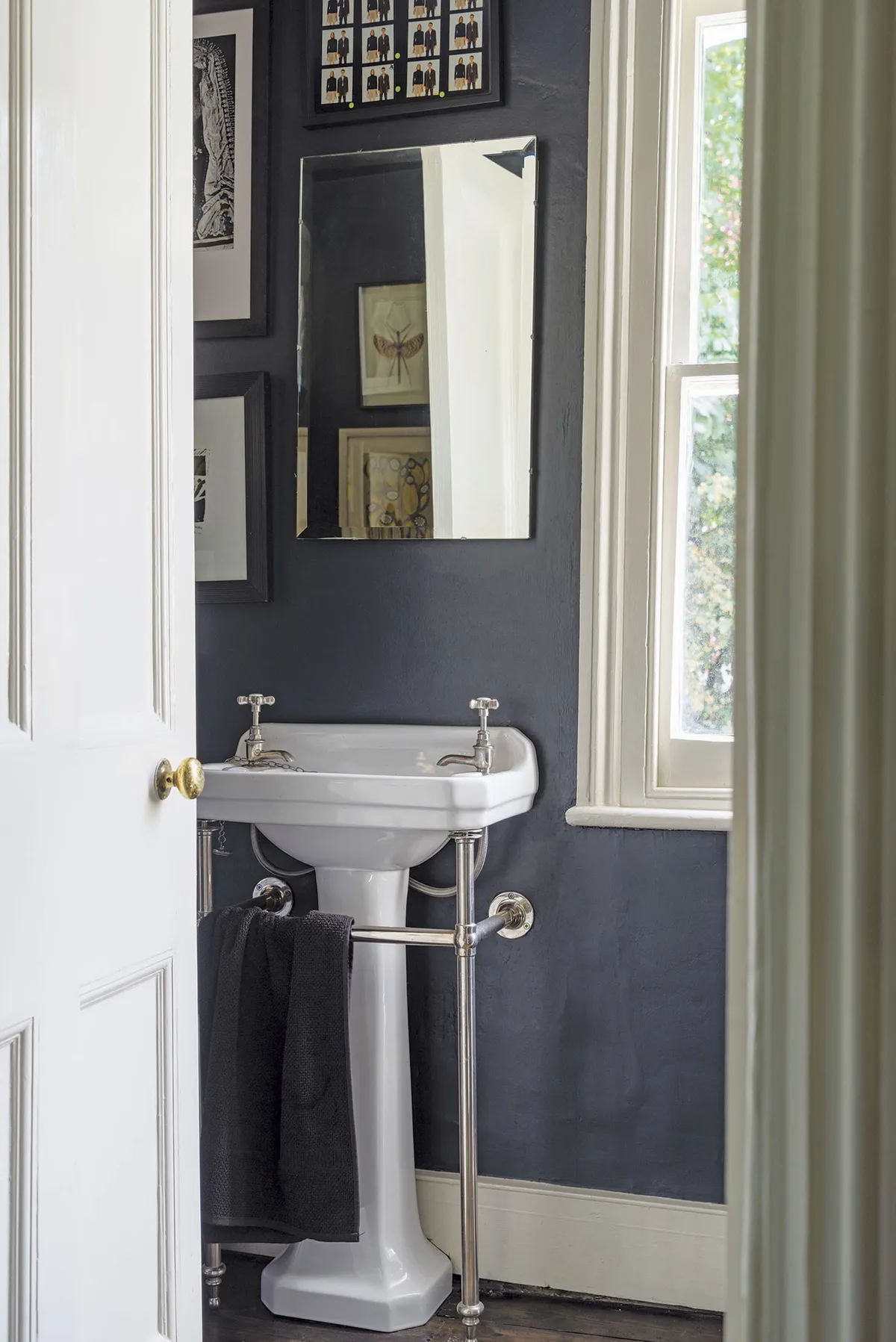
Things to do when using dark paint
- Choose a paint with a low sheen level, 3% or less is ideal.
- Check matt finishes to be sure.
- Make sure you do the prep. Line your walls and fill any holes or dents before painting – they'll be harder to fix afterwards
- Start with a small room. A downstairs bathroom is a great place to experiment
- Use texture. Flat matt walls create a smooth backdrop that allows small details to shine. Make accessories the stars of the show
- Plan your lighting carefully. Put in slightly more than you think you’ll need
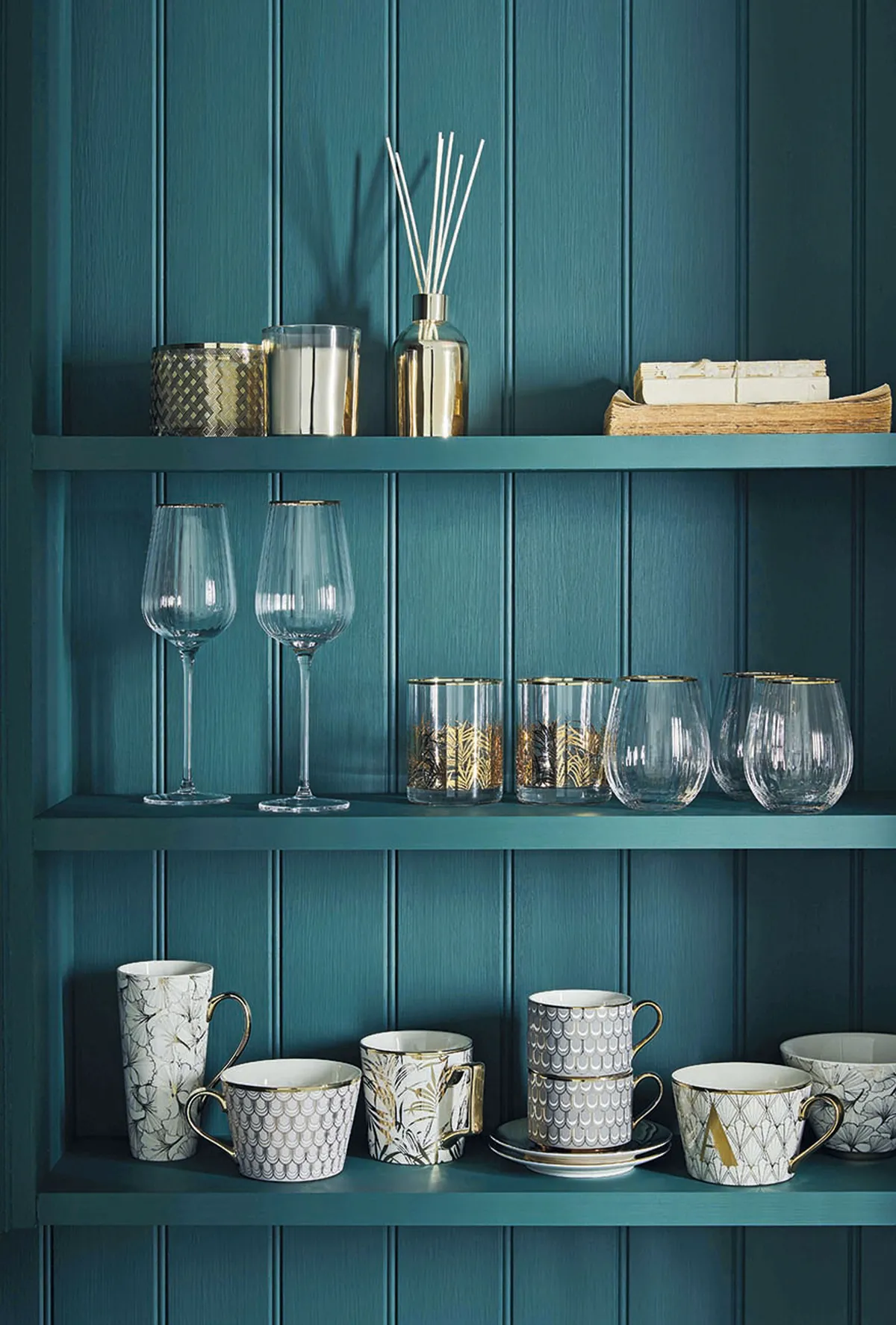
Things to avoid with a dark decor scheme
- Don't rush to judge the freshly painted look. Give yourself a few weeks to get used to it
- Don't use an eggshell or soft sheen finish. You’ll be able to see every lump and bump
- Don't pick the first colour you like. Get tester pots and paint them onto different walls to see how the changing light affects them
- Don't use pattern. The bold colour will make a big enough statement and patterns will make the scheme fussy and heavy
How to choose the right lighting
Light is also important when it comes to living with your newly decorated room. Making sure that you use the right lighting will make the difference between having a dark cave or a snug nook. Multiple fixtures will give you complete control over the amount of light in the room at different times of day.
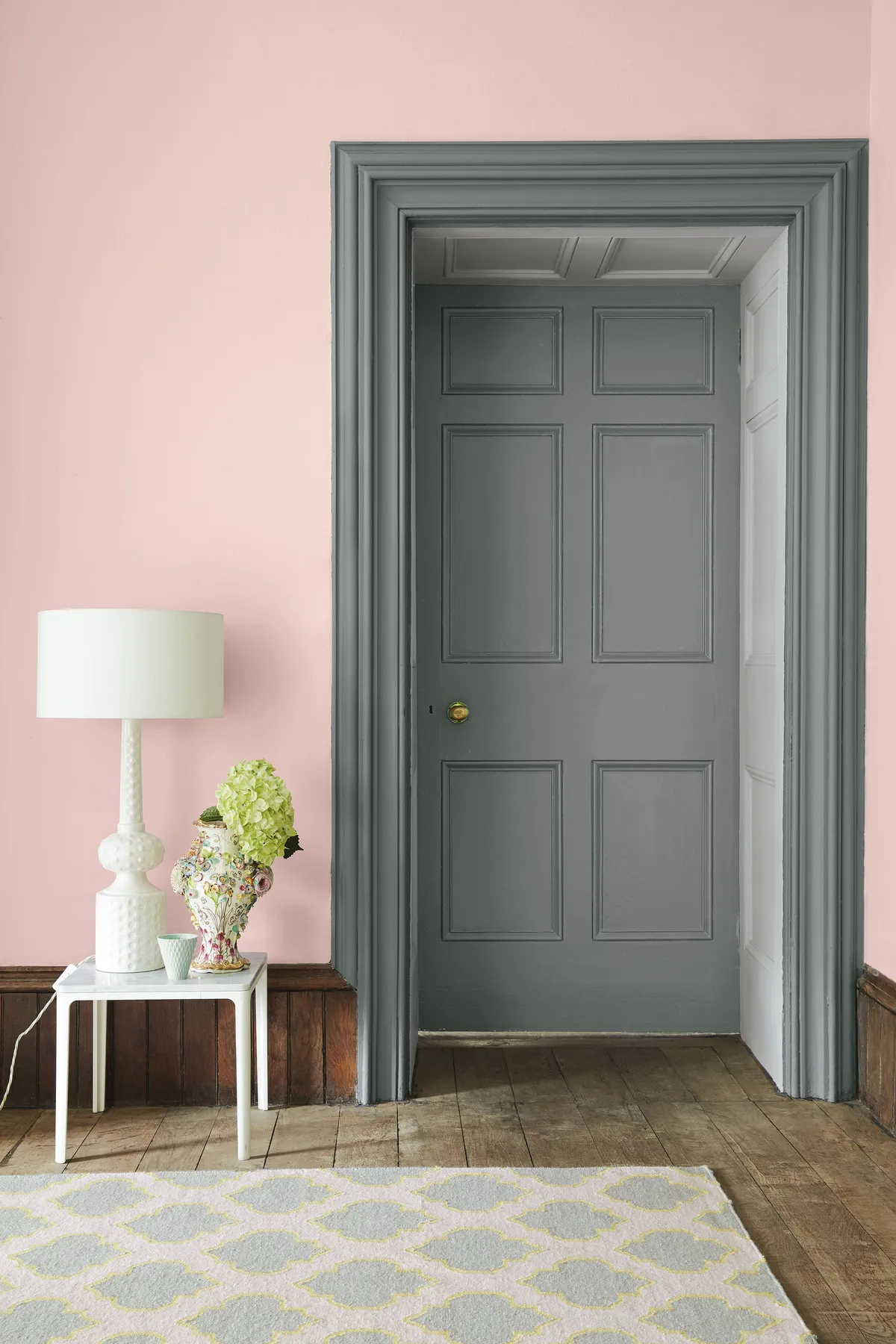
Put your overhead light and wall sconces on dimmer switches so that you can turn them up when you need them, but down when you want to create a cosier atmosphere. Table and floor lamps are useful for creating glowing pockets of light and brightening dark corners.
For even more advice, check out our guide to choosing lighting in every room.
Expert advice
'Feature walls are the perfect way to add dark colour to a living room or bedroom without it taking over. As a general rule, feature walls are at their most effective when they’re used to frame the focal point of a room. This could be your TV or a large window in your living room, or alternatively behind the headboard in your bedroom. Ideally, your connecting walls will be white, cream or another neutral colour' Josh, Designer at Hammonds
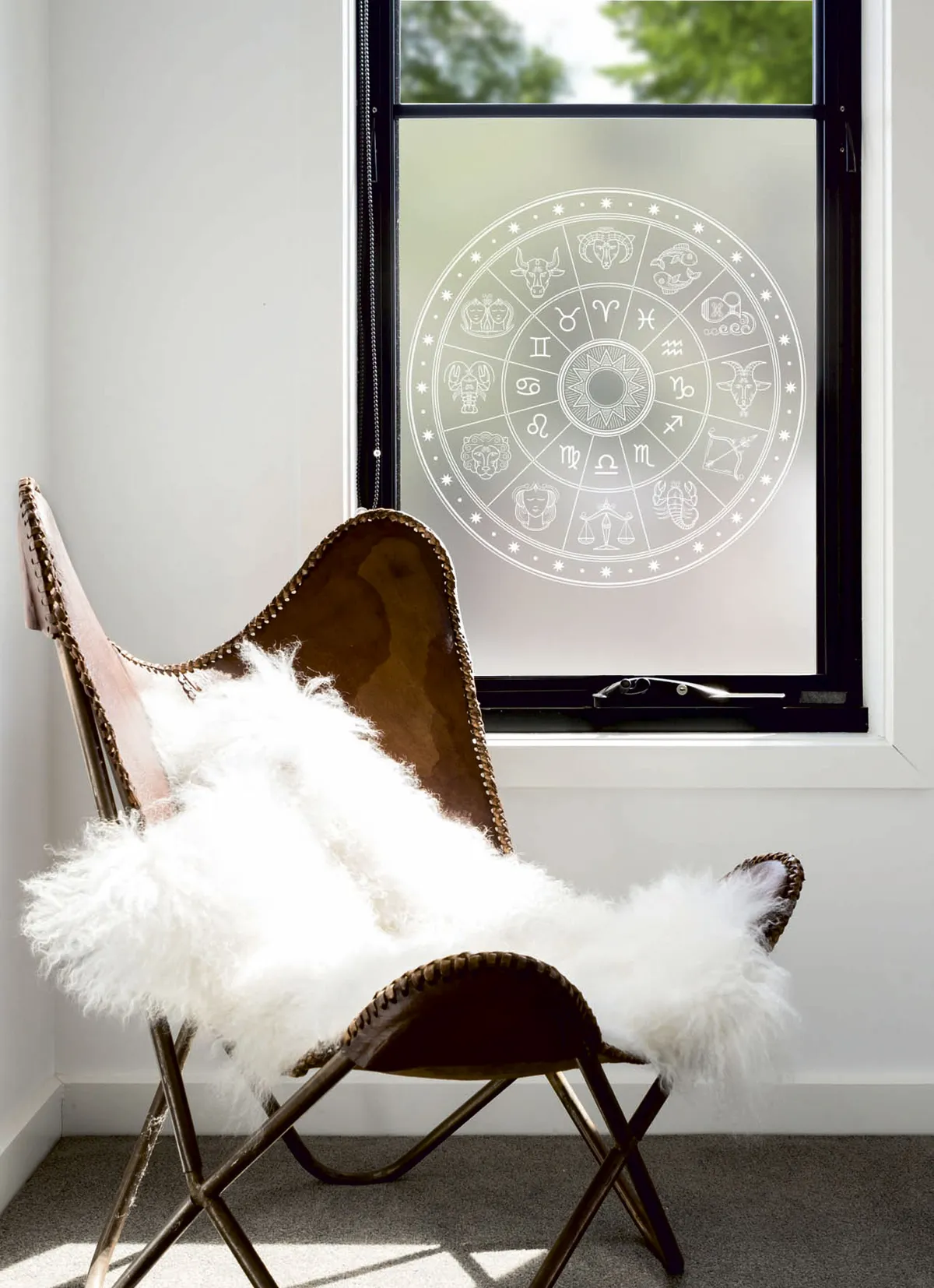
Tips to add a touch of darkness to your decor
If you're not ready to take the plunge and embrace total drama, there are plenty of ways to bring a touch of dark decor into your scheme.
Half-paint the walls with a dark colour to give the appearance of a dado rail. This can be a great first step in getting you used to living with a dark tone. if you decide you really like it, paint the rest of the wall too.
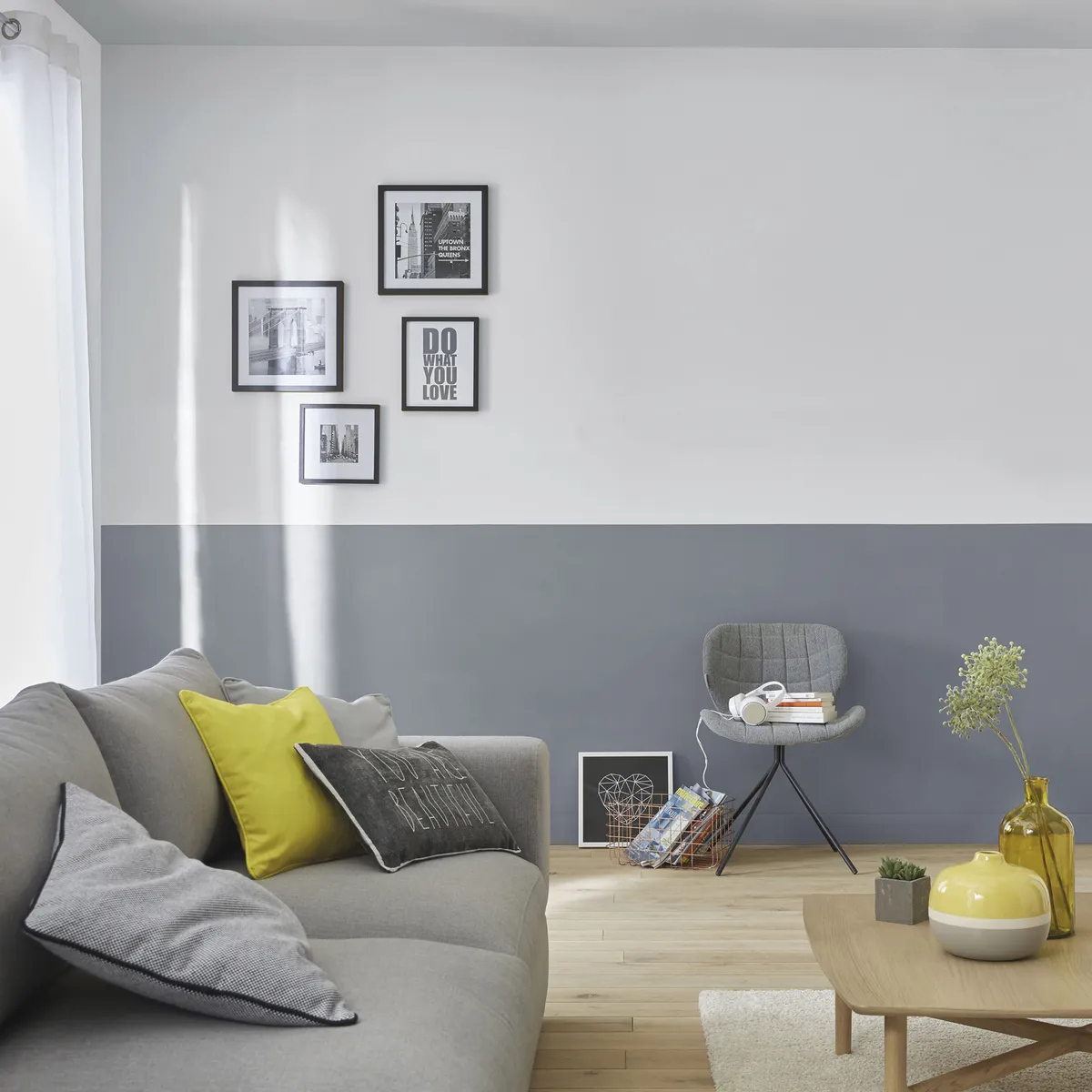
Enhance the depth of an alcove with a deep shade. This is particularly effective in alcoves with built-in shelves, as the dark colour provides a brilliant backdrop for your display objects.
Forget about your walls altogether and choose dark pieces of furniture. A jewel-hued velvet sofa is a style classic and instantly deepens the look of your room. Blue or green are a chic choice for kitchen cabinets, which you can paint yourself.
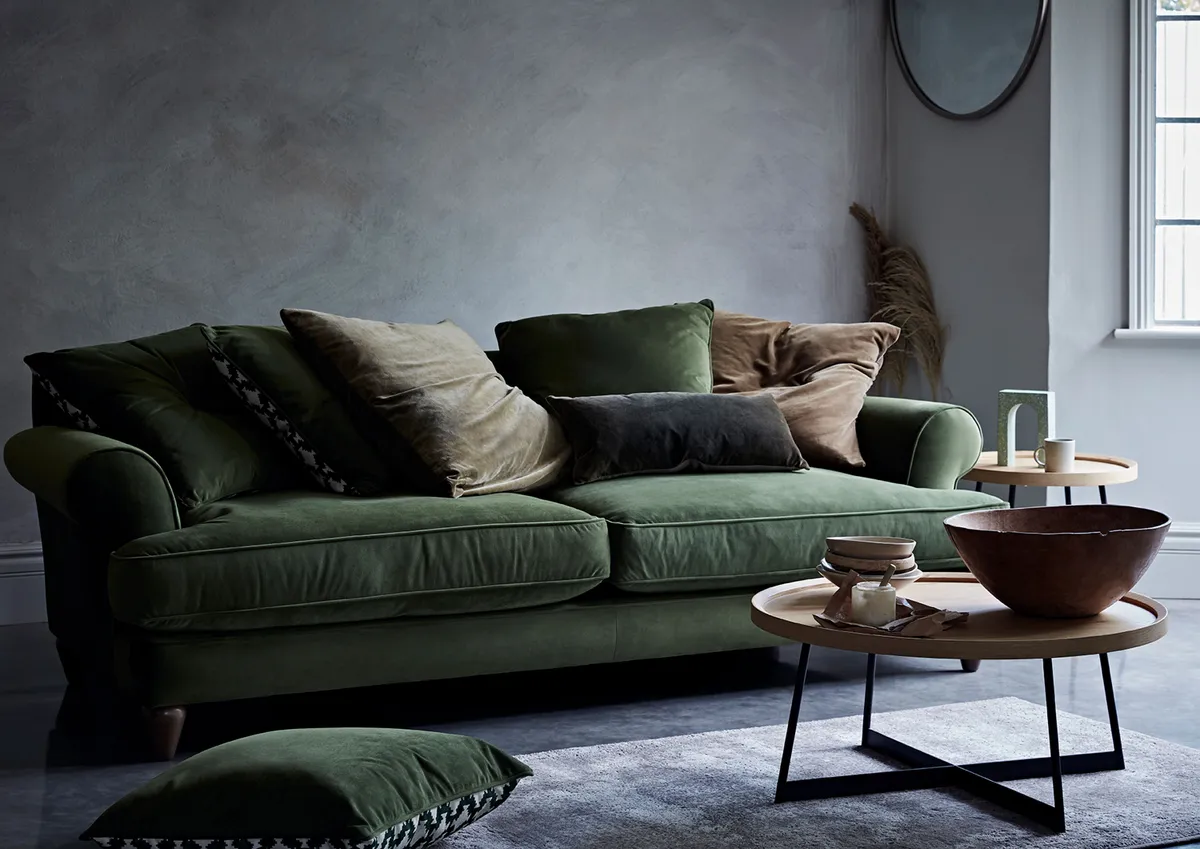
A clever trick to stop a deep shade from overwhelming the room is to paint the woodwork and surrounding trims a darker tone than the walls. The contrast between these two hues will make the walls seem paler in comparison. It might feel counterintuitive to use a dark colour to make the room feel less dark, but it will feel bigger and brighter as a result.
For more decor inspiration, check out our latest trends section - and get our low-down the best online homeware stores in the UK.

